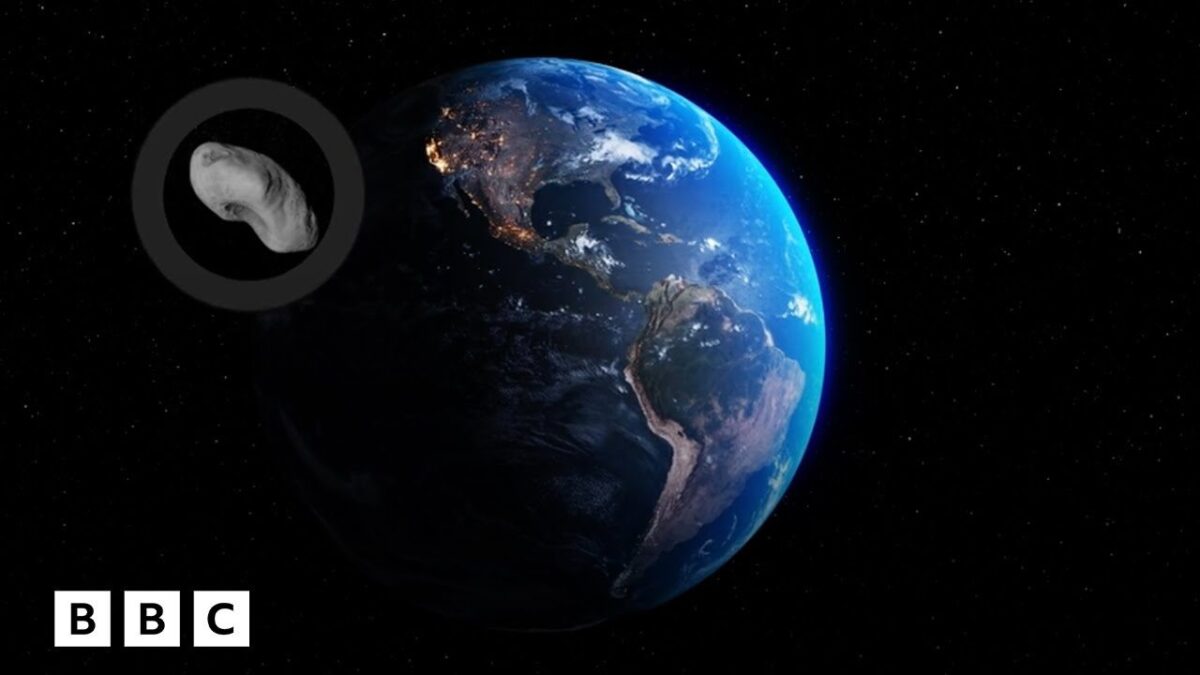A new mini-moon, about the size of a city bus, is set to circle our planet until Thanksgiving week. This asteroid, named 2024 PT5, will enter Earth’s orbit from September 29 to November 25 before zooming back out into the solar system.
What’s a Mini-Moon?
Scientists refer to these little visitors as mini-moons. The asteroid was discovered by a group called ATLAS, which stands for Asteroid Terrestrial-impact Last Alert System, back in August. They published a study about it, but keep in mind it wasn’t peer-reviewed.
In the past, some mini-moons have turned out to be nothing more than junk floating around in space. For example, an earlier mini-moon from 2020 was actually a rocket booster left over from the 1966 Surveyor 2 Centaur launch. However, ATLAS believes that this upcoming visitor is indeed a genuine asteroid—a small rocky object that orbits the sun.
Tracking the Path of 2024 PT5
An amateur astronomer has even simulated what the asteroid’s path will look like. It’s been hanging around near Earth since July and will make its approach soon.
The event will see the asteroid’s geocentric energy become negative, remaining that way for about 56 days. In one simulation, you can see how its orbit circles only about a quarter of Earth.
The Nature of Its Orbit
This mini-moon won’t complete a full orbit around our planet—some astronomers call it a temporarily captured flyby. Those mini-moons that do manage to complete an orbit are known as temporarily captured orbiters.
Visibility Concerns
If you’re hoping to catch a glimpse of this mini-moon, don’t get your hopes too high! According to NASA, its brightness level is only at an absolute magnitude of 27.593. That means it’s pretty dim and won’t be visible even through most telescopes. Just for context: The faintest objects we can see with our eyes are around magnitude 6.5 while larger telescopes can spot things up to magnitude 16 or 17.
This makes it tough for amateur astronomers; they would need significantly bigger telescopes just to catch sight of 2024 PT5!
The Frequency of Mini-Moons
Don’t think these mini-moons are rare; we encounter them almost every year! Just last year in 2022, we had one thanks to the unusual path taken by asteroid 2022 YG. Another appeared in 2020 courtesy of asteroid 2020 CD3—some were bright enough to be seen with basic astronomy tools!
Interestingly enough, many asteroids swing by multiple times over years. For instance, the asteroid NX1 became a mini-moon during both 1981 and again in 2022, and it’s expected back in our neck of the woods come 2051! A notable example is asteroid RH120 which orbited Earth for an entire year between July 2006 and July 2007. Some researchers even suggest that Earth always has some sort of mini-moon lurking nearby at any given time!


Leave a Comment